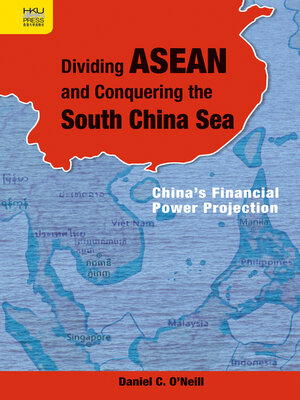Dividing ASEAN and Conquering the South China Sea
ebook ∣ China's Financial Power Projection
By Daniel C. O’Neill

Sign up to save your library
With an OverDrive account, you can save your favorite libraries for at-a-glance information about availability. Find out more about OverDrive accounts.
Find this title in Libby, the library reading app by OverDrive.



Search for a digital library with this title
Title found at these libraries:
| Library Name | Distance |
|---|---|
| Loading... |
The "ASEAN Way" is based on the principle of consensus; any individual member state effectively has a veto over any proposal with which it disagrees. Dividing ASEAN and Conquering the South China Sea analyzes how China uses its influence to divide ASEAN countries in order to prevent them from acting collectively to resolve their territorial disputes with China in the South China Sea. Using comparative case studies of China's relations with Cambodia, the Philippines, and Myanmar, O'Neill argues that the regime type in the country with which China is interacting plays an important role in enhancing or constraining China's ability to influence the governments of developing states within ASEAN and globally. Authoritarian institutions facilitate Chinese influence while democratic institutions inhibit that influence.O'Neill argues that as long as ASEAN includes developing, authoritarian regimes, and given that the United States and other global powers are unlikely to risk any serious conflict over each push of China's maritime boundaries, little by little, China will assert its sovereignty over the South China Sea. Nevertheless, noting the long-term, global trend of states democratizing, he contends that if China chooses to engage in more sophisticated bilateral politics, such as providing incentives to a broader range of interest groups in democratic states, then China will have more success in projecting its power globally.







